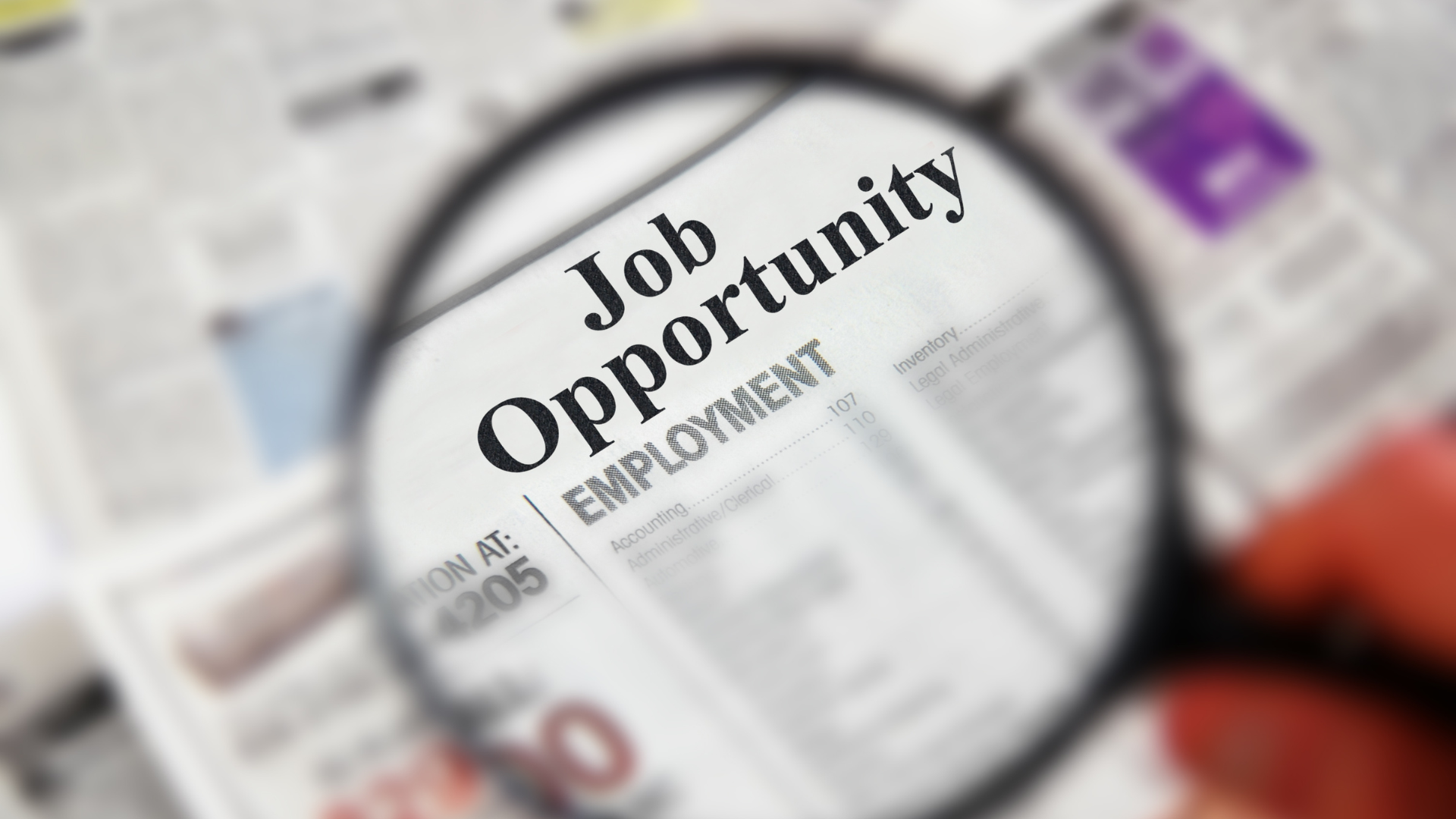Australia’s unemployment rate remained steady at 4.1% in January, matching market expectations but signaling a potential slowdown in the labor market. While the figure did not surprise economists, it highlights the challenges ahead for the Reserve Bank of Australia (RBA) as it navigates a fragile economic environment.
The latest report showed modest job growth, but underlying data suggests that hiring momentum may be fading. A weaker labor market could ease inflationary pressures, reinforcing speculation that the RBA is unlikely to hike interest rates further in the near term. Markets have already been pricing in the possibility of rate cuts later in the year if economic conditions soften further.
Despite the stable jobless rate, concerns persist over declining full-time employment and a potential rise in underemployment. With household spending already under pressure from higher borrowing costs, a weaker labor market could weigh on overall economic growth in the coming months.
The Australian dollar showed little reaction to the data, remaining under 0.6350 against the U.S. dollar, as traders focused on broader global market trends. The Federal Reserve’s hawkish stance and strong U.S. economic data have kept the greenback firm, limiting any upside for AUD/USD.
Looking ahead, policymakers will closely watch upcoming economic indicators, including wage growth and inflation data, to assess whether the labor market slowdown is temporary or part of a broader cooling trend. The RBA has maintained a data-dependent approach, and any further signs of economic weakness could shift expectations toward an eventual policy easing.
For now, Australia’s labor market remains resilient but fragile, with rising uncertainty over future employment trends. Investors and analysts will continue to monitor whether the job market can withstand higher interest rates or if further cracks will emerge in the months ahead.













